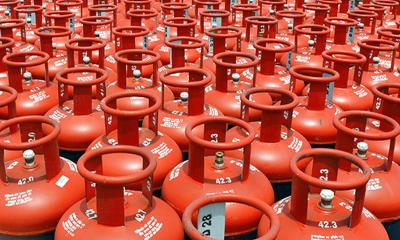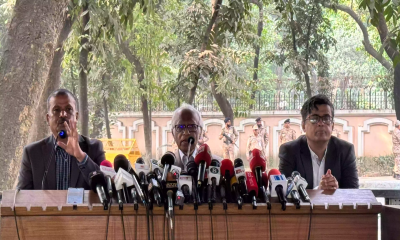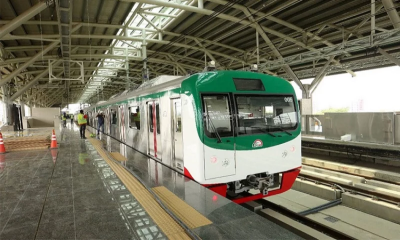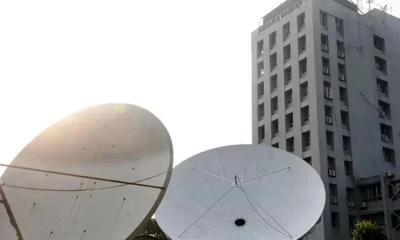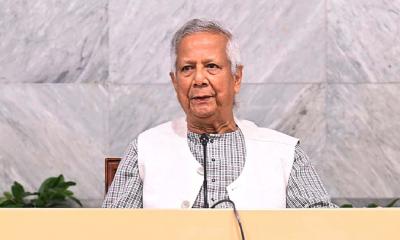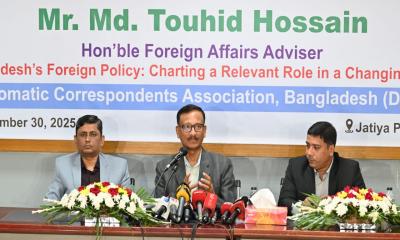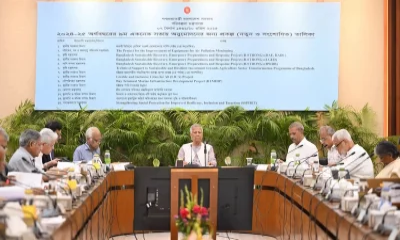In an unprecedented and meticulously coordinated military and intelligence operation, Israel launched a sweeping assault on Iran Thursday night, marking one of the most expansive strikes in recent history.
Dubbed “Operation Rising Lion,” the offensive left at least 78 Iranians dead, including top military commanders, missile and drone experts, and key nuclear scientists. Within mere hours, Israel effectively decapitated a significant portion of Iran’s strategic military leadership.
But the question that now dominates regional discourse is — why now? Why this level of force, and why so speedily?
To understand the potential motives, one must look beyond the battlefield and delve into Iran’s political history and current social climate.
A Symbolic Name with Political Undertones
The operation’s title, Rising Lion, is not a random choice. Before the 1979 Islamic Revolution, Iran’s national emblem featured a lion and a rising sun — symbols of Persian strength, heritage, and prosperity. The emblem was abandoned after the revolution and the rise of the Islamic Republic.

During the reign of the last Shah, Mohammad Reza Pahlavi, Iran maintained close diplomatic and intelligence ties with Israel. Some even accused the Shah of aligning too closely with Israeli interests. Decades later, his exiled son, Reza Pahlavi, was seen meeting with Israeli Prime Minister Benjamin Netanyahu — a symbolic gesture that resonated deeply across political circles. Notably, there are still pockets of Iranian society that view the Pahlavi monarchy with sympathy, especially among those disillusioned with the current regime.

Capitalizing on Internal Discontent
Over recent years, Iran has faced growing domestic unrest fueled by economic collapse, corruption, political repression, and human rights violations — particularly following the death of Mahsa Amini in police custody. Anti-government protests have surged, with young Iranians increasingly vocal against the ruling clerics.
Could Israel’s operation, carefully branded with monarchist symbolism, be a strategic effort to rekindle pre-revolutionary sentiments and subtly suggest an alternative to the Islamic Republic? Analysts are beginning to think so.

Netanyahu’s carefully worded message on Friday bolstered this theory. The BBC reported him calling on the Iranian people to "unite around your flag and heritage" and to "free yourselves from this tyrannical regime." His appeal appeared not just to be military posturing, but a direct invitation to the Iranian populace to consider a future beyond the Islamic government.
Internal Collaboration?
The precision of the Israeli attacks has raised another critical question — did Israel receive assistance from within Iran?
The simultaneous targeting of high-level military and scientific figures in disparate locations seems improbable without internal intelligence. It’s widely believed that such precision is not achievable through external surveillance alone.
This has led many experts to suspect that Israel may have cultivated assets or allies within Iran’s defense and political establishments, or perhaps even among the growing circles of domestic opposition.
A Strategic Shift?
Rather than relying solely on overt warfare, Israel may now be deploying a more nuanced strategy — sowing division within Iran’s leadership and encouraging internal collapse.
Last October, a prior Israeli strike had already damaged portions of Iran’s strategic air defense. This latest operation appears to have crippled the remaining structures, potentially leaving Iran’s airspace vulnerable to future incursions.

More Than a Military Message
Ultimately, this assault seems to be about more than just disabling Iran’s military capabilities. It appears to be part of a broader political chess game aimed at eroding the regime’s authority from within — by invoking historical symbols, exploiting social fractures, and possibly using internal collaborators to undermine Iran’s stability.
How Iran’s citizens, particularly the emboldened younger generations, respond to this evolving situation remains to be seen. Will they rally around the Islamic Republic in the face of foreign aggression, or will they see Israel’s message as an opening to question the regime’s hold on power?
What is clear is that the battlefield is no longer limited to missiles and drones — it now extends to history, identity, and the hearts and minds of the Iranian people.


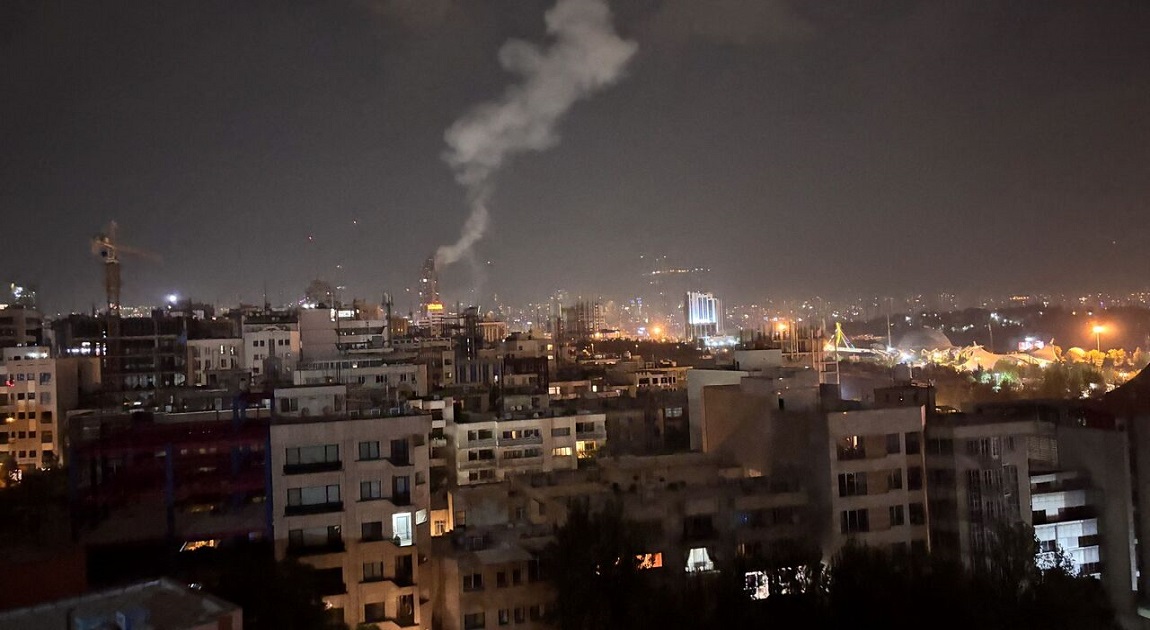

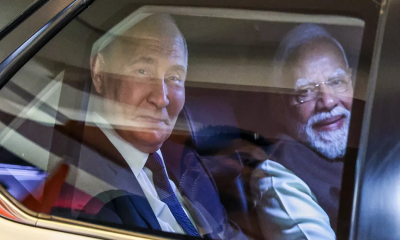
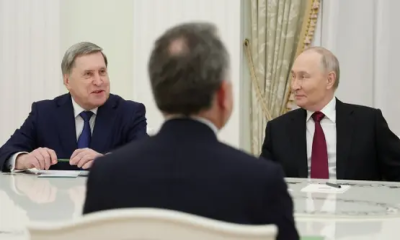
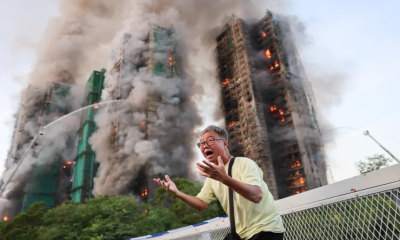
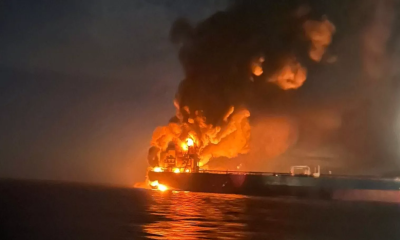

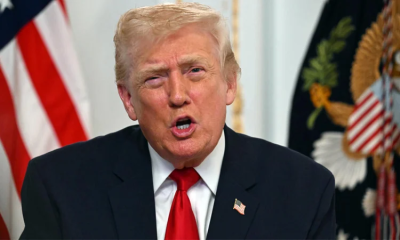
-20251207131533.jpg)

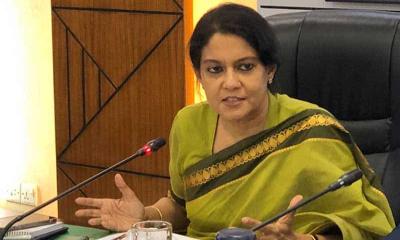

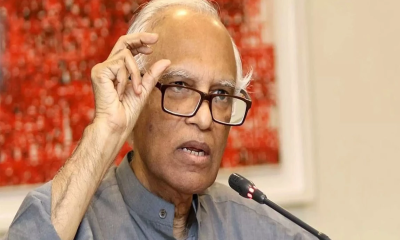
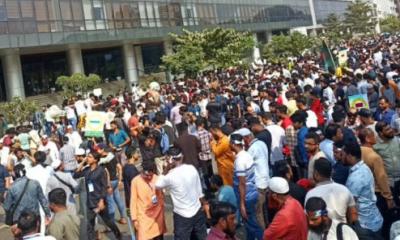
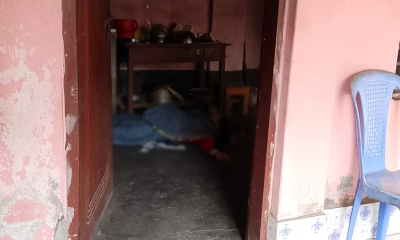




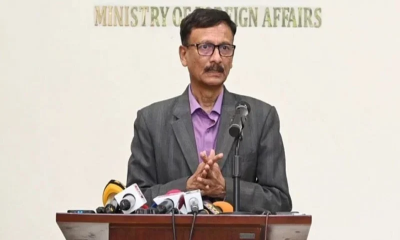
-20251206083331.jpeg)
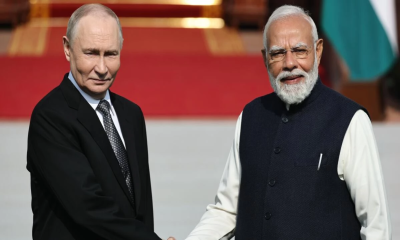
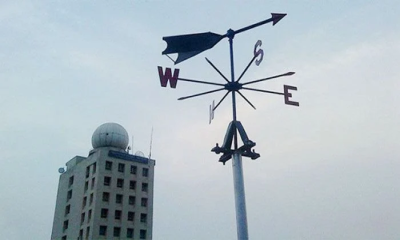

-(25)-20251122062715-20251202031751.jpeg)
-(25)-20251122062715-20251204041734.jpeg)


